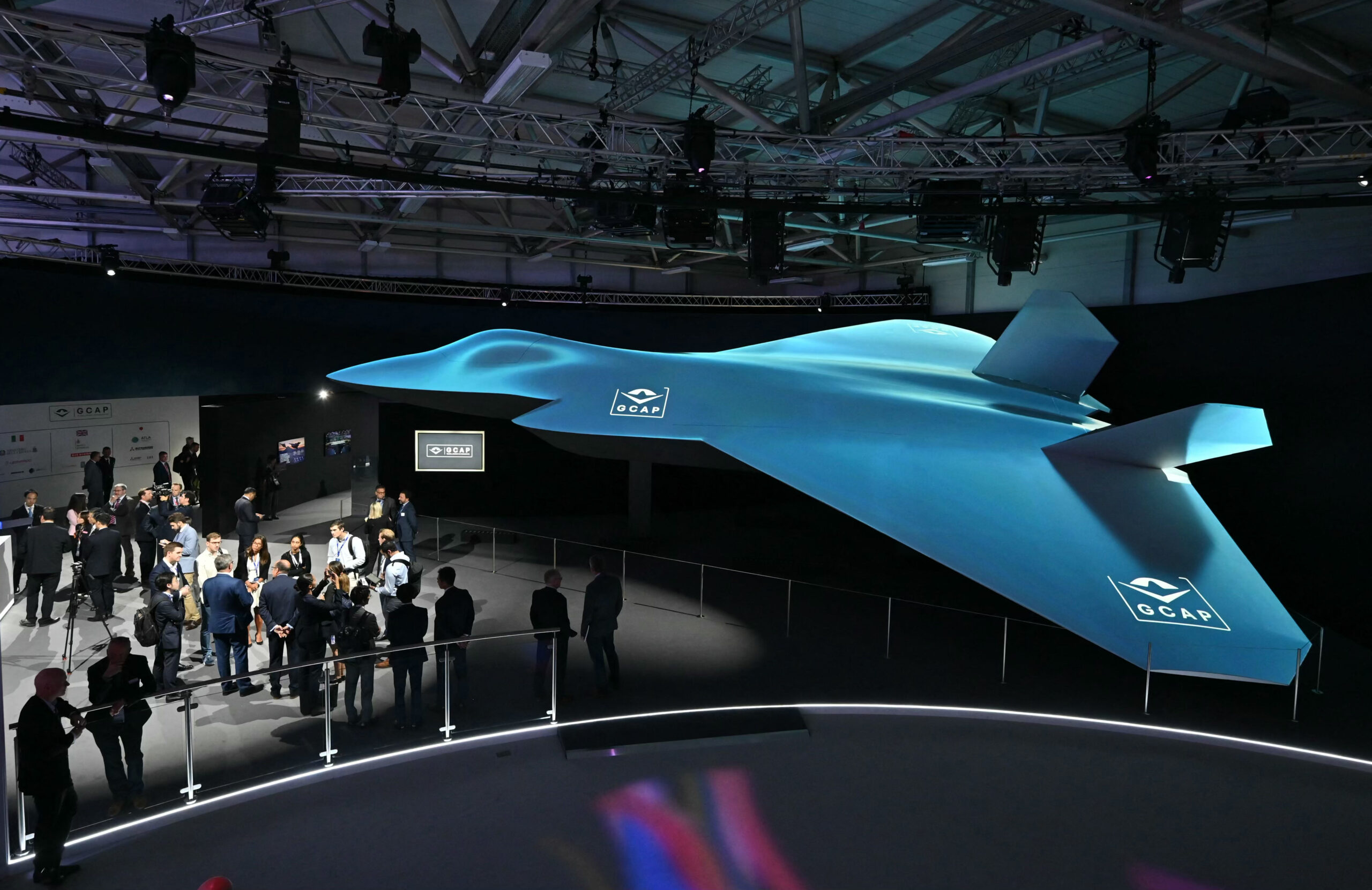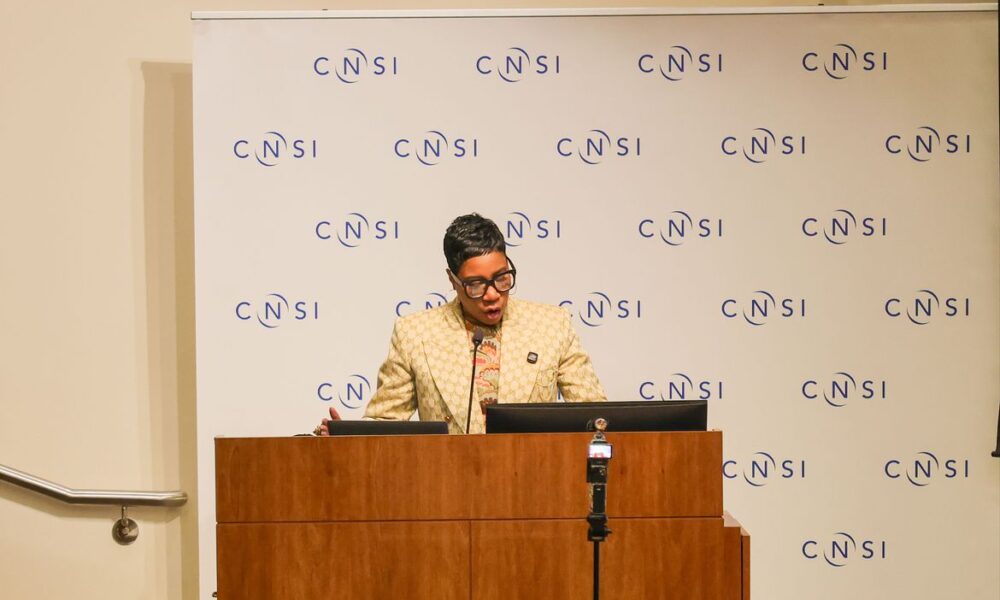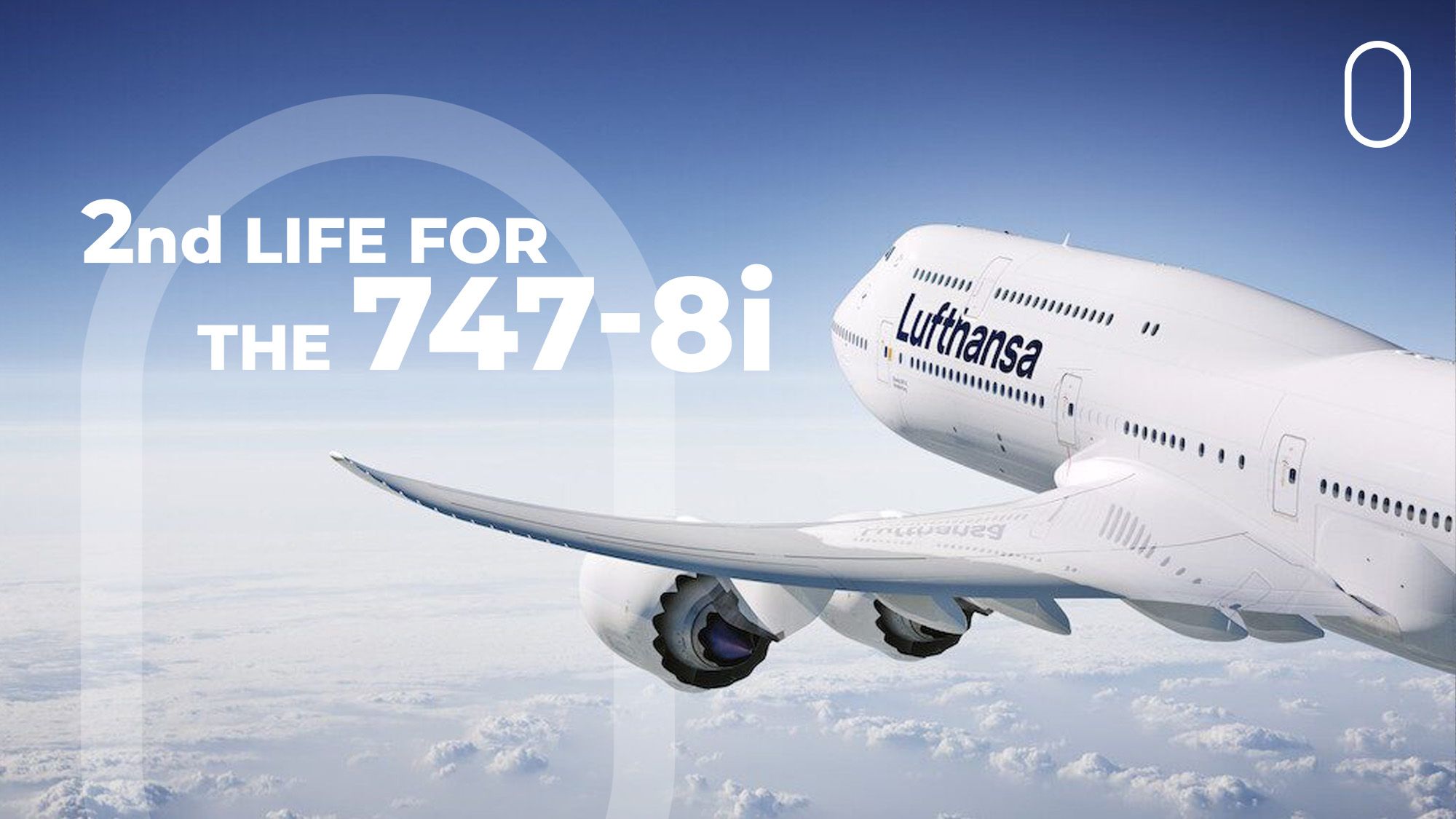The development of the sixth-generation GCAP fighter jet is focused on enhancing its capability to carry a diverse range of armaments and work alongside various “Loyal Wingman” drones. This initiative is led by Group Captain Bill Sanders from the UK’s Ministry of Defence, who emphasized the need for the aircraft to accommodate weapons utilized by partner nations, NATO, and the United States.
During the International Fighter Conference held in Rome, Sanders highlighted the lessons learned from recent conflicts, particularly in Ukraine. He stated, “As you go into a conflict, you rapidly exhaust your stocks and you start to put pressure on the supply chain.” This underscores the importance of a flexible weapons bay that can adapt to the varying armaments available across different nations.
“The ability to carry any NATO weapon, any U.S. weapon, and any of the three nations’ weapons immediately gives commanders in the theater flexibility,” Sanders explained. The GCAP program aims to provide this flexibility, allowing military leaders to respond effectively to evolving combat scenarios.
Strategic Flexibility in Armament Use
Sanders further elaborated on the rationale behind the need for such versatility. He pointed out that high-cost armaments may be imperative at the onset of a conflict for penetrating enemy defenses. However, as such defenses weaken, transitioning to less expensive, unguided bombs becomes essential for maintaining a sustainable cost-per-kill ratio. “What we want to be able to do is start to pull apart the threads of the defensive system we are going against,” he noted.
With the proposed adaptable weapons bay, Sanders asserts, “I can get the right weapon for the cost-per-kill ratio.” This strategic planning is crucial in maximizing operational efficiency in various combat situations.
The GCAP’s functionality extends beyond just armaments; it is also designed to collaborate with various Collaborative Combat Aircraft (CCAs). Sanders emphasized the necessity for the GCAP to operate effectively with any available drone technology, stating, “You have to be in a situation where, just like the weapons, the GCAP can work with what it finds.”
Collaborative Combat Aircraft and Future Capabilities
Analyst Douglas Barrie from the IISS think tank commented on the importance of building a fighter that can integrate different CCAs, noting that the UK, Japan, and Italy likely have sovereign capabilities that they will use alongside the GCAP. While there is potential for these nations to develop a shared platform, Barrie remarked on the current independent approaches, which provide “more choice, more flexibility.”
The theme of integrating CCAs was prevalent throughout the conference, with discussions including how Turkey plans to pair a CCA with its recent order of 20 Eurofighters. However, industry leaders, such as Jorge Tamarit-Degenhardt, CEO of Eurofighter, expressed concerns regarding the costs of adapting fighters to work with various CCAs chosen by different customers. He stated, “Can we develop CCA integration in different configurations in different countries? We cannot do everything at the same time. We don’t have infinite resources.”
As the GCAP fighter jet project progresses, the emphasis on flexibility and adaptability in both armament and drone collaboration is expected to shape future combat air strategies. The insights shared at the conference reflect a critical understanding of the evolving landscape of aerial warfare and the importance of maintaining operational readiness in an increasingly complex environment.







